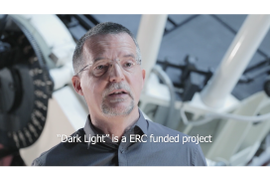A video by the University of Milan describing the goals of the “Darklight” ERC Advanced Grant project
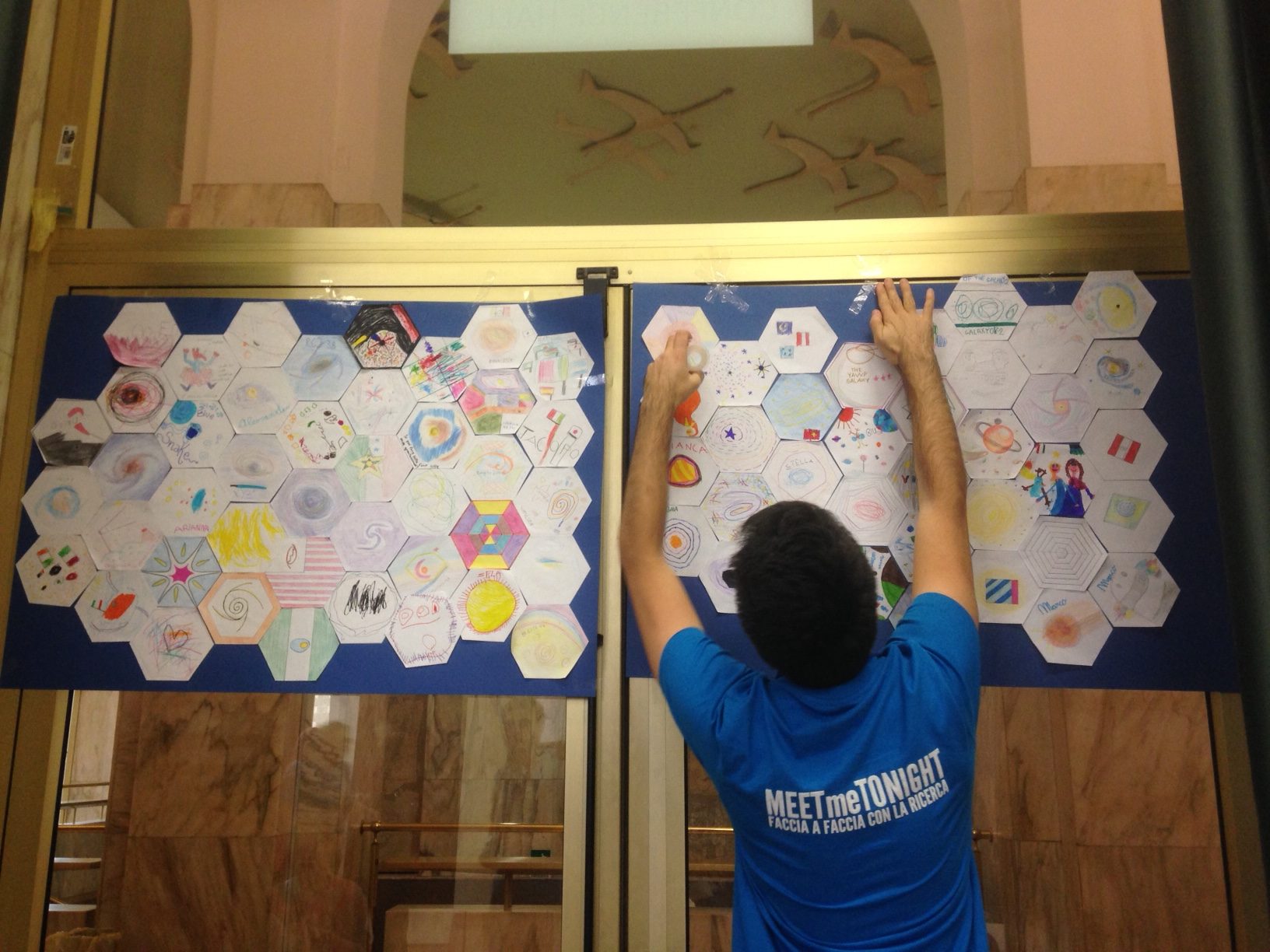
Meet Me Tonight – A successful event
More than 600 people showed up for the event “The Sky in a Room” organized by the University of Milan (Department of Physics) and INAF (Astronomical Observatory of Brera and IASF): thank you for making it memorable!
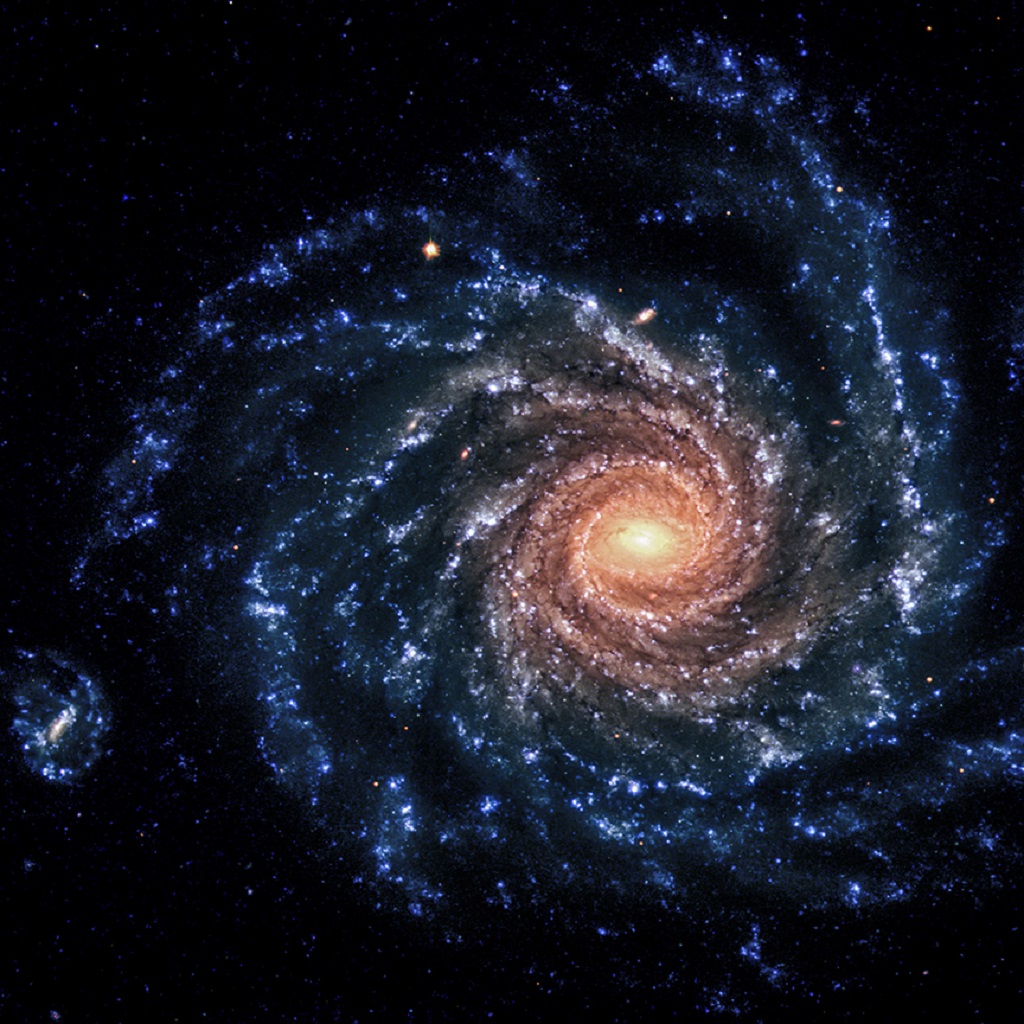
The Sky in a Room
At the Aula Magna of the Natural History Museum there will be three initiatives presented in collaboration by the University of Milan (Department of Physics) and INAF (Astronomical Observatory of Brera and IASF) for the Researchers’ Night “Meet Me Tonight”, on September 29th and 30th, 2017. The exhibition “Large telescopes, great science”, jointly organized by the European Observatory (ESO) and the European project…

Darklight Wrap-Up Workshop
With the end of the project fast approaching (October 31st, 2017), most of the Darklight team (including ex-fellows) will meet from September 4th until September 6th in Milan at the Department of Physics (Unimi), to discuss the results of the research carried out in the last five years thanks to the ERC grant and to plan future developments. Please click here to view the…
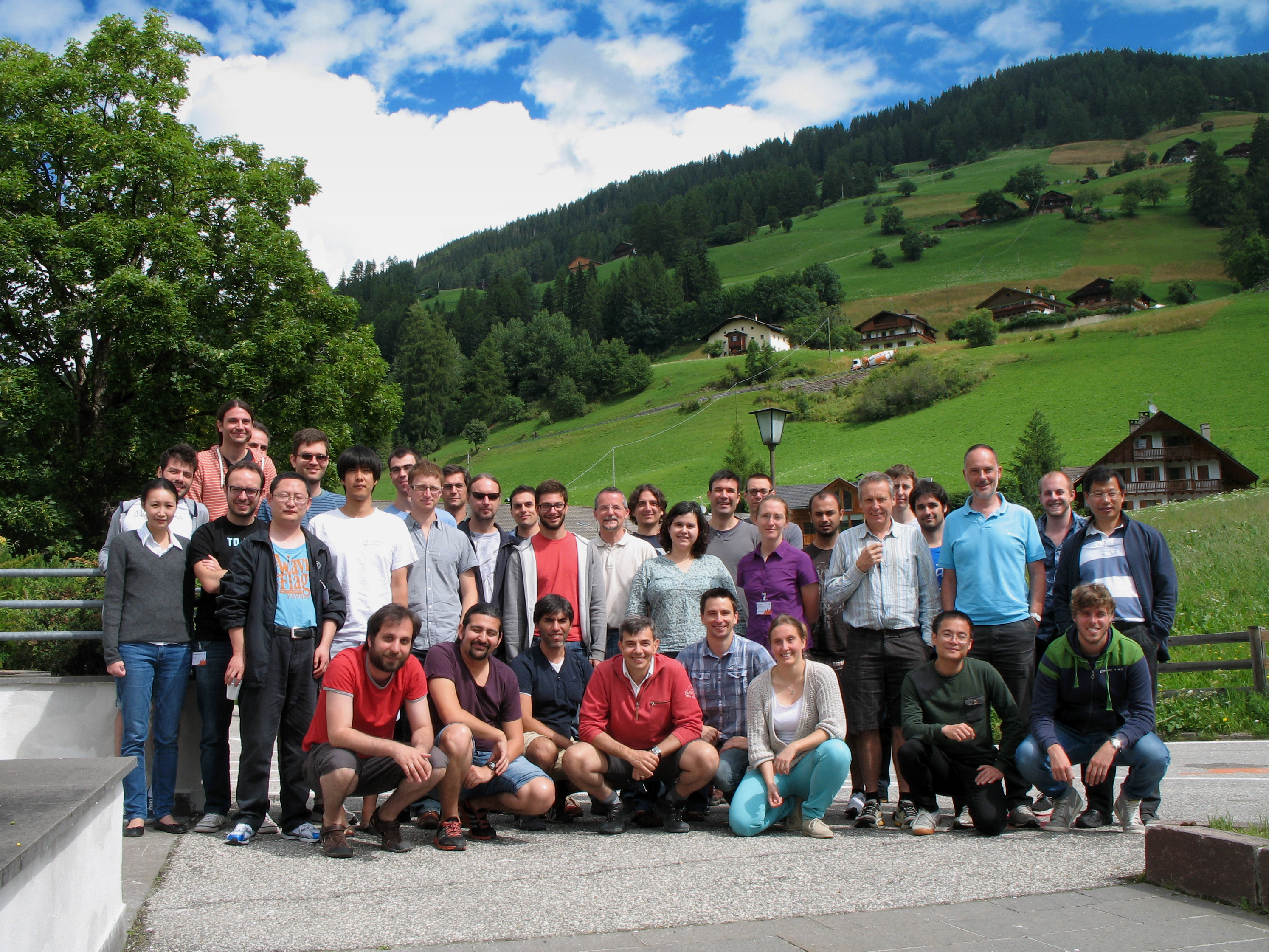
Optimising the communication plan of a basic research project
The relationship between publicly funded basic research and its wider impact on society is important. How this happens in practice is less obvious than in the case of applied research, where the goal of the project is more practical and its results easier to identify. To make an example, the utility of a research project on HIV vaccines is immediately…

ERC 10th Anniversary
FROM THE ERC WEBSITE: Imagine developing new anticancer therapies or tackling Parkinson’s disease? Or discovering Earth-like worlds in outer space? Can research develop batteries that make our mobile devices last longer? This is the type of cutting-edge research that the EU is promoting through the European Research Council (ERC), set up ten years ago. Some 7,000 top researchers have been…

Darklight is moving!
Following Dr. Guzzo’s appointment as Full Professor on September 1st, 2016, the University of Milan has become the new coordinating host institution of the ERC project. PI, post-docs and PhD students will be based at the Physics Department in Via Celoria 16 from the beginning of November, where they will have the opportunity to discuss the comparison of clustering results…
DEMNUni: ISW, Rees-Sciama, and weak-lensing in the presence of massive neutrinos
In the July 2016 issue of JCAP, for the first time in the literature, Darklight fellow Dr. Carmelita Carbone and co-authors present a full reconstruction of the total (linear and non-linear) ISW/Rees-Sciama effect in the presence of massive neutrinos, together with its cross-correlations with CMB-lensing and weak-lensing signals. The present analyses make use of all-sky maps extracted via ray-tracing across…
BAO & RSD: dark light on obscure acronyms
Most of the Darklight team will gather next week (4-8 July) in Sesto at the Sexten Center for Astrophysics, together with 30 experts, to discuss the analysis of the large scale structure of the Universe. The workshop will be focused in particular on Redshift-Space Distortions (RSD) and Baryonic Acoustic Oscillations (BAO) in the clustering of galaxies, two techniques that have…
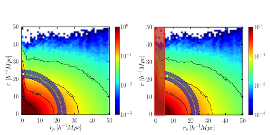
Group-galaxy correlations in redshift space as a probe of the growth of structure
Darklight PhD fellow Faizan Mohammad and co-authors investigate in this paper (MNRAS, Vol. 458, May 2016) the use of the cross-correlation between galaxies and galaxy groups to measure redshift-space distortions (RSD) and thus probe the growth rate of cosmological structure. This is compared to the classical approach based on using galaxy auto-correlation. They make use of realistic simulated galaxy catalogues that have…
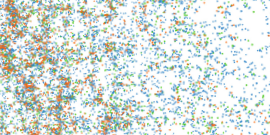
12th VIPERS Science Meeting
Most of the Darklight team is gathering this week in Milan, together with the VIPERS Science Team, to discuss how to best use the 90,000 galaxy redshifts of the now completed VIPERS galaxy survey. The methods being developed by the ERC-funded Darklight project are allowing researchers to optimize the extraction of cosmological information from the large-scale galaxy distribution shown by…
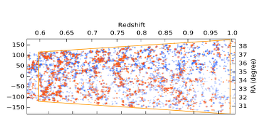
Science with LSS and CMB Cross-Correlations
The workshop took place on September 23rd 2015, in the POE hall of the Astronomical Observatory of Brera in Merate. It was broadly focused on the combination of two key cosmological probes, i.e. the large-scale galaxy distribution and the Cosmic Microwave Background (CMB), and included also recent results from projects such as Planck, POLARBEAR and VIPERS. Click here to view the XC-Day…
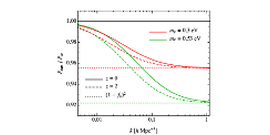
XC in N-body Simulations with neutrinos
During a 1-day workshop in Merate on Wednesday, September 23rd, 2015, Darklight post-doc fellow Carmelita Carbone will present the first set of cosmological simulations produced within the “Dark Energy and Massive Neutrino Universe” (DEMNUni) project. These simulations are characterized by L=2Gpc/h, Npart=2×2048^3, a baseline LCDM-Planck cosmology, and four different total neutrino masses, Mnu=0,0.17,0.3,0.53 eV, with a degenerate mass spectrum. They are the largest…
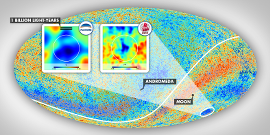
Detection of a Supervoid Aligned with the Cold Spot of the Cosmic Microwave Background
The Cold Spot on the Cosmic Microwave Background was first identified 10 years ago. It is an unusually cold and large region visible by eye on the temperature maps. First seen in WMAP, and now remeasured with Planck, the properties of the Spot are very curious. It has been hypothesised to be a cosmic defect left over from just seconds…
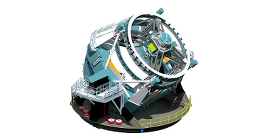
Astronomy in the era of the LSST
In the week 24-28 November, Prof. Andy Connolly from the University of Washington (Seattle, USA) visited the Darklight group in Merate, delivering a beautiful talk on the Large Synoptic Survey Telescope (LSST). This is one of the most exciting galaxy survey projects of the next decade, entailing the construction of a dedicated 8m telescope with large field of view, which for ten years will…
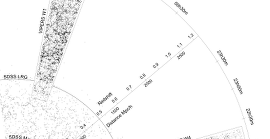
Cosmology with Galaxy Redshift Surveys
On 6 November 2014, the P.I. of Darklight, Luigi (Gigi) Guzzo, was at the ESO headquarters in Garching near Munich (Germany), to deliver the “Joint Astronomy Colloquium”, the official joint seminar of ESO and the two Max-Planck astrophysical institutes in Garching (MPA & MPE). He delivered a seminar on “Cosmology with Galaxy Redshift Surveys“, which is the central topic of his…
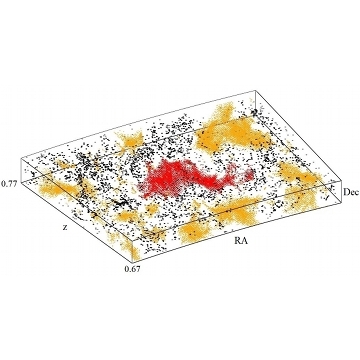
Voids in VIPERS
Cosmic voids, the largest component by volume of the cosmic web, are almost completely empty regions of space, containing very few galaxies and very low densities of dark matter. By studying them and by studying the few galaxies which inhabit them we can learn about the nature of structure formation, and design experiments to test dark energy. We identified over two hundred of these voids…
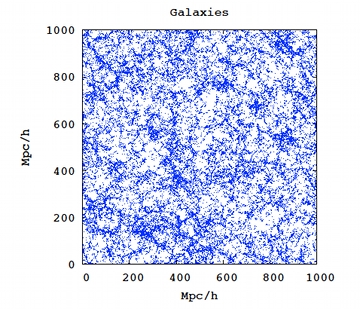
Dark Energy or Modified Gravity?
Different gravity models are degenerate when looking at the expansion history of the Universe H(z) only. Such degen eracy, can be lifted if we focus on the gravity‐driven growth of cosmological structures, measuring the growth rate f(z). “Redshiſt-‐Space Distortions” (RSDs), quantified through the two-point correlation function (2PCF) are a potentially powerful way to extract this information. Yet, separating the linear RSD signal, which depends on f(z), from nonlinear…

